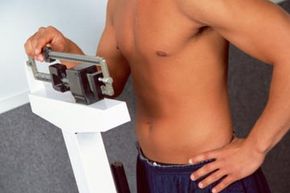You've undoubtedly heard the stats bandied about: We, as a society, are becoming less healthy. Much of the problem has to do with our ever-increasing weight. The U.S. Department of Health and Human Services reports that nearly two-thirds of American adults are overweight.
The Journal of the American Medical Association states than more than 30 percent of Americans are obese and those numbers are trending higher. With the Westernization of cultures around the globe (think fast food, large meal portions and less physical activity) the threat to good health is real for everyone.
Advertisement
It's also dangerous to be too skinny but the Centers for Disease Control reports that less than 2 percent of the U.S. population is considered underweight -- and those numbers are trending lower. So, how can you determine the weight that is best for you?
When you go on a search, a couple of things are vital: A clear definition of what you're looking for and a list of the most likely places to find it. In this case, we want to find your healthy body weight -- a weight at which you are able to lead a vigorous, well-balanced life both now and in the long-term.
There are myriad formulas and tools for determining your healthy body weight, but many are not nearly as accurate or reliable as you may have been led to believe. You are, after all, a unique creature and that means you have physical characteristics that are yours alone. What's more, popular culture can complicate your search by sidetracking you with images of waif-like models, gargantuan hulks and airbrushed movie stars. With that in mind, let's take a look at the resources available for finding your healthy body weight and compare the results with conventional wisdom, which is often wrong.
We begin with the most popular indicator of healthy body weight, the BMI or body mass index. This, however, is not a popularity contest. So, how does the BMI stand up to scrutiny from medical experts?
Advertisement

